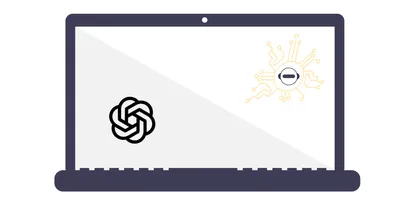SIGMA-HR becomes more competitive in it's market position in Europe with the release of the 2025 Fosway 9-Grid ™
Montréal, 9 octobre 2025 – SIGMA-RH, éditeur de SIRH global, annonce avoir été classé Potential Challenger dans le Fosway 9-Grid™ 2025, l’évaluation indépendante de référence en Europe pour les technologies RH.
Key HR statistics for 2021
Key HR stats: trends, challenges and HR priorities. Discover the key numbers to know in human resources.
5 HR influencers to follow
The world moves fast (too fast?). So discovering innovations, understanding and learning how to do things better in our industry can be challenging. That's why we've compiled a list of HR influencers to follow to keep you up to date with the latest HR news.
5 Most Time-Consuming HR Tasks
The HR function, once focused on personnel administration, has evolved into a strategic player within organizations. Despite this positive development, HR professionals face a lack of time and resources, a challenge that technology can help overcome. Let's explore the HR tasks that can be automated to optimize the efficiency of this function.
Offboarding: A Guide to a Successful Departure Process
In an era where companies increasingly struggle to retain talent, the issue of offboarding (managing an employee's departure) takes on a new dimension. Far from being purely administrative, offboarding involves various stakes (employer branding, IT security, etc.) and requires specific preparation.
AI and Human Resources: ChatGPT vs. Built-In AI in Software
Find out why HR departments should opt for secure, reliable AI that is integrated into their HRIS, rather than using a public tool like ChatGPT.






